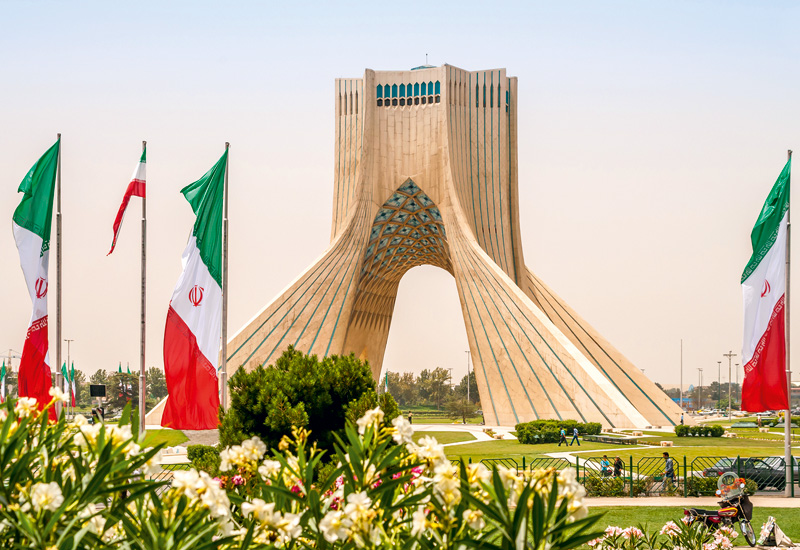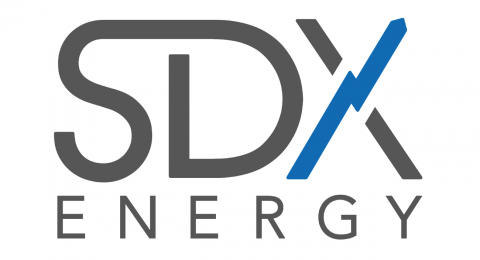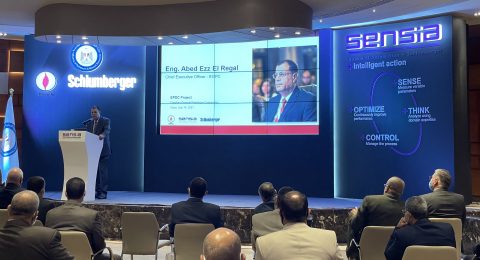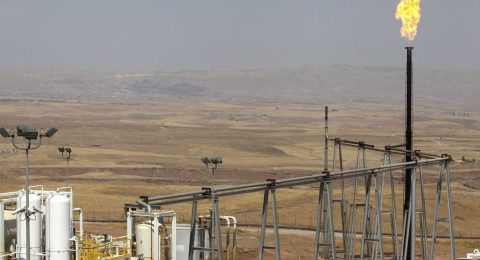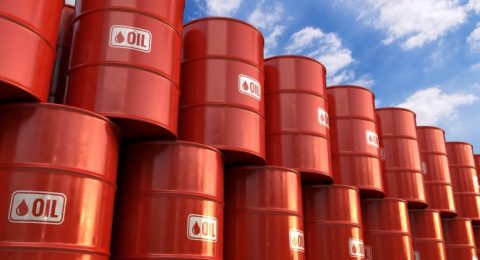Press TV quoted Mohammad Keramati, the head of the Iranian Research Institute of Petroleum Industry, as saying that more than 490b barrels of Iran’s oil reserves are not recoverable without the right technologies.
“Every one percent increase in recovery rate equals 6.5b barrels of recoverable crude oil worth billions of dollars,” he explained, adding that the “average recovery rate of the world’s oil wells is 35%.
However, some countries such as Saudi Arabia, Norway and Kazakhstan seek to raise this rate to 70%.
”
The government, he said, has submitted all issues related to improving recovery from some of the major oil fields such as Ahvaz to Iranian universities.
Low oil prices were not an excuse for neglecting this priority, he insisted, noting that even the “20% price decline in 2011 did not lead to a drop in the earnings of the companies which own the EOR (enhanced oil recovery) technology”.
EOR had endured in the 1960s, he added, despite the nationalizations the petroleum sector endured in that period.
Iran and Austria had signed an agreement to increase recovery from Iran’s core crude oilfields; the agreement was signed between Iran’s Petroleum University of Technology and Austria’s Montanuniversitat Leoban during President Heinz Fischer’s visit.
The Aghajari and Bibi Hakimeh fields are expected to be presented to international companies during the London conference in December, where Iran’s new contract model will be showcased.
The focus at the conference will be a combination of brown and green fields using a contract that is a midway between a production sharing contract and a service contract.
On the gas front Iran is planning to increase the volume of its gas export to Iraq to 35mcm/d, reported Trade Arabia.
The volume of gas will be increased during the hottest summer months while Iran is also planning to offer technical, financial, and executive training to Iraqi personnel.
